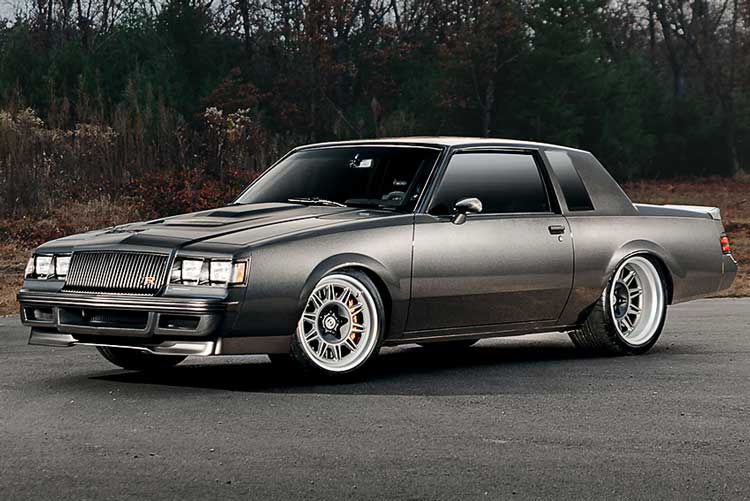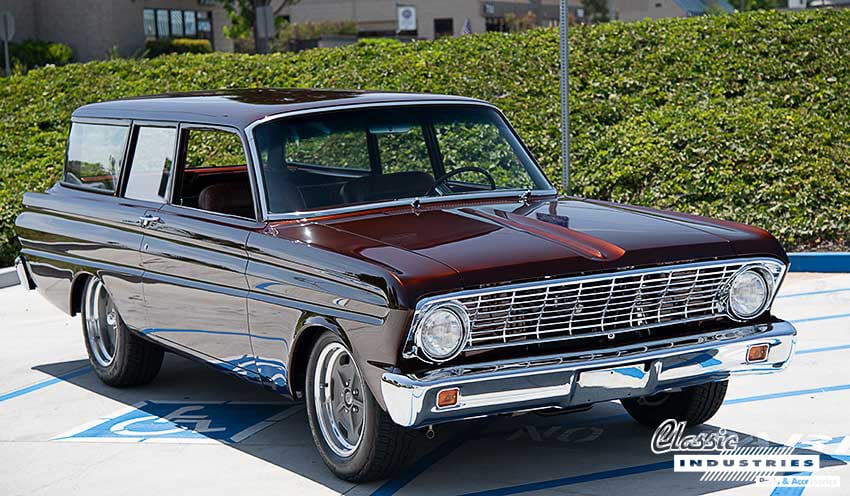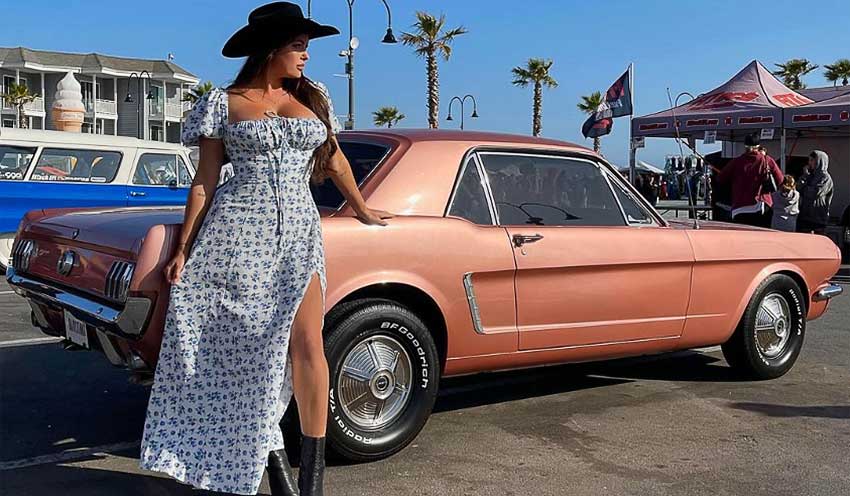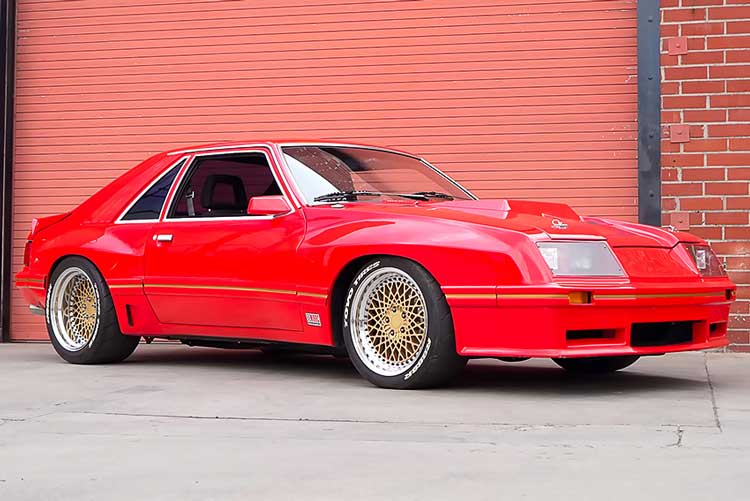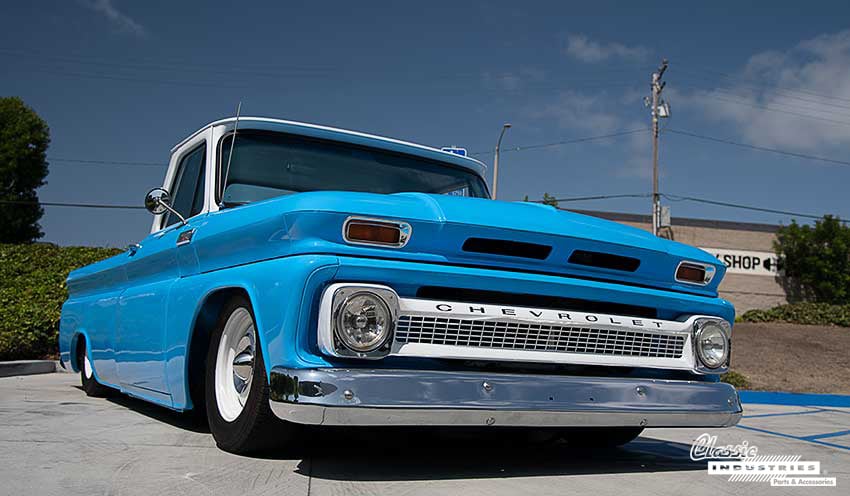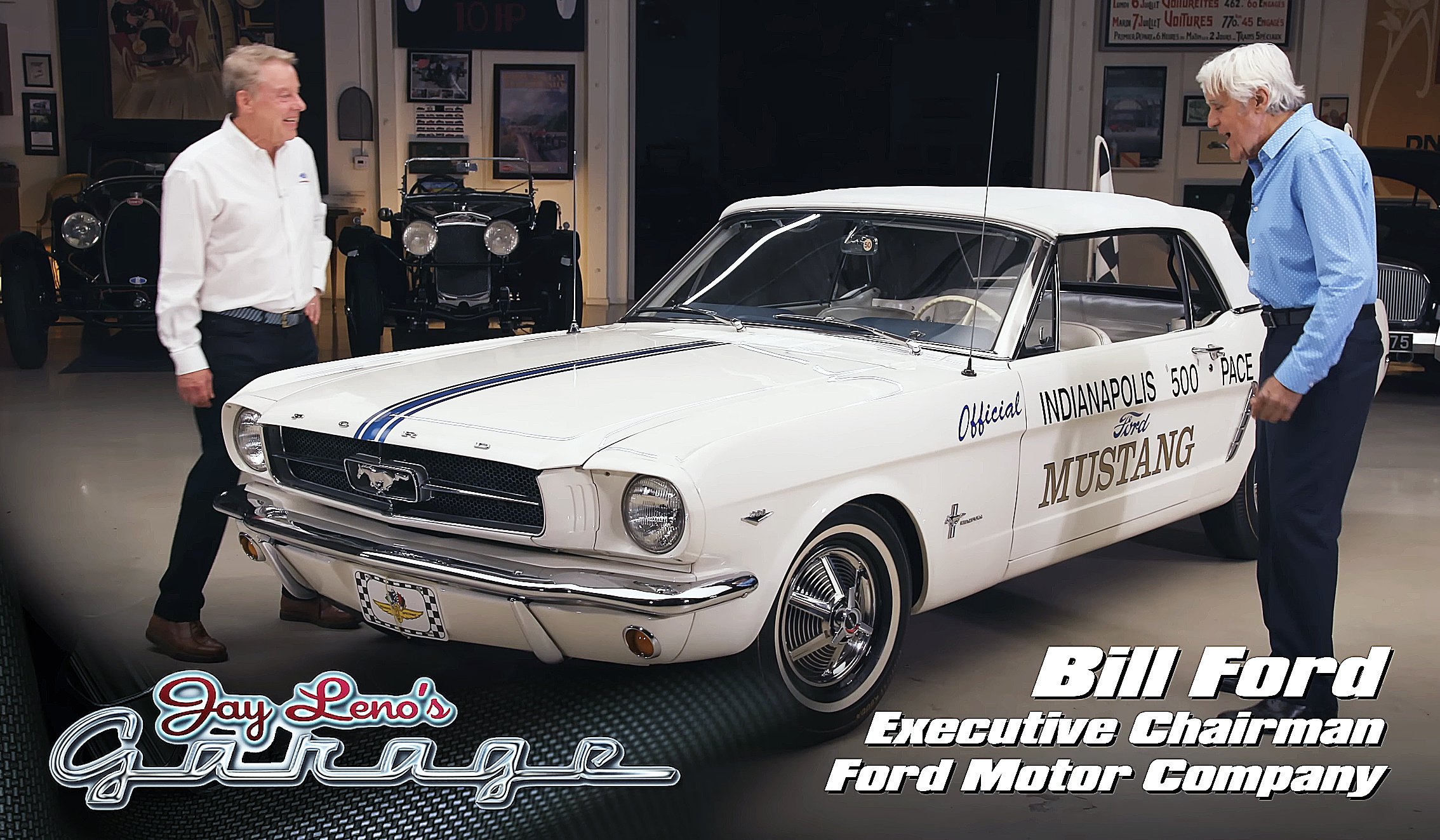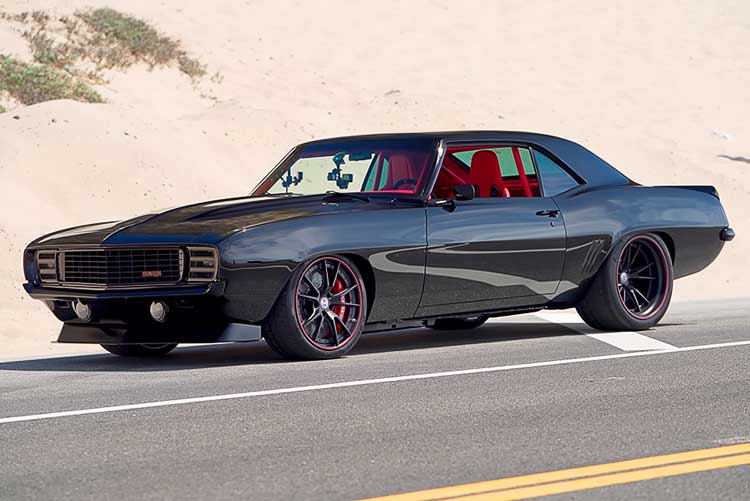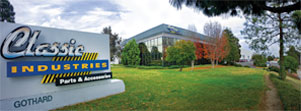The 1987 Buick Grand National is a car that needs no introduction among enthusiasts. The GN's turbocharged and intercooled 3.8L V6 engine produced 245 horsepower, a figure that was extremely impressive at the time (and greater than that of the Corvette's 5.7L V8). Its "experimental" sibling the GNX pushed the limit even further, outrunning Ferraris and Porsches to become one of the world's fastest production cars. This year at the 2024 SEMA Show in Las Vegas, world-renowned custom builder Ringbrothers showed off their approach to building the ultimate Buick Grand National resto-mod.



